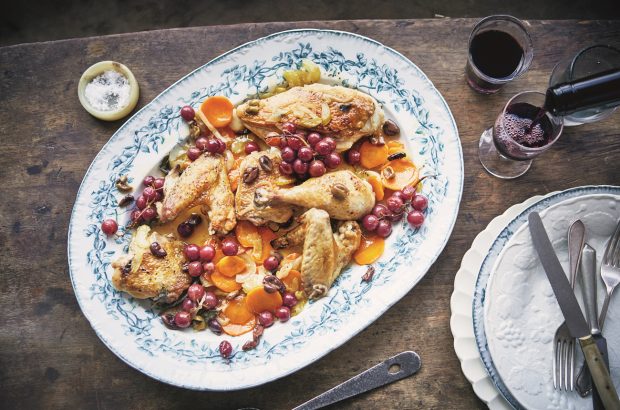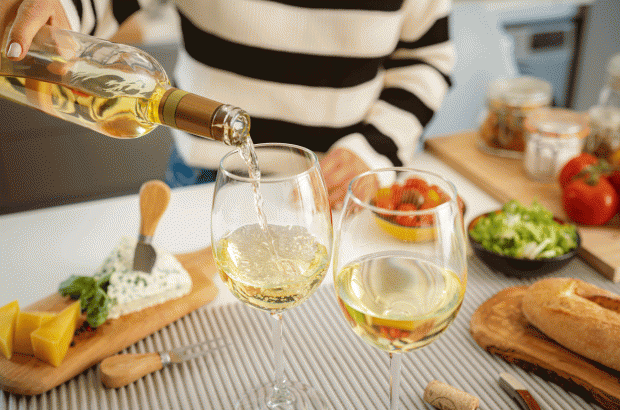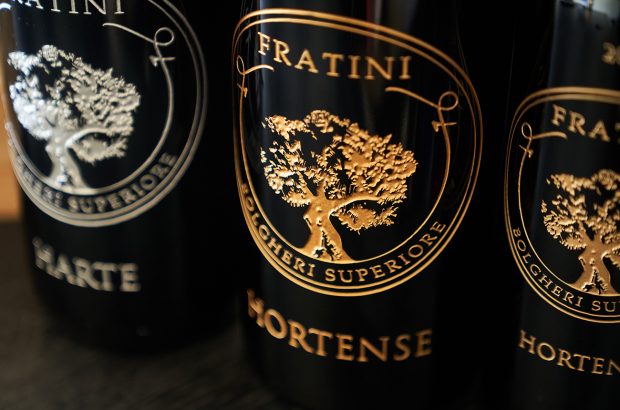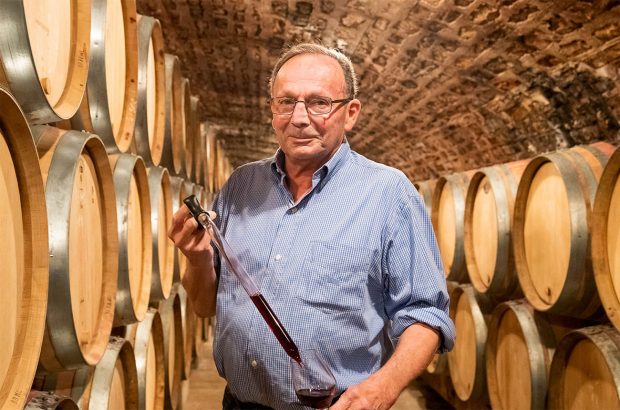A wine with 'brilliant focus and balance...'
Wine Legend: R López de Heredia, Viña Tondonia Blanco 1964, Rioja, Spain
Bottles produced 16,000
Composition 90% Viura, 10% Malvasia
Yield 28hl/ha
Alcohol 12%
Release price 2,000 pesetas (€12)
Price today £900
A legend because…
This famous producer, one of the most traditional in Spain, was founded in Rioja in 1877. Its wines, white as well as red, are given prolonged ageing in casks and released later than most modern Riojas. They are renowned for their ageability, and the slight oxidation inherent in the ageing process gives the wines remarkable stability. 1964 was an outstanding vintage for both red and white Rioja.
Looking back
The 150ha property is owned by the López de Heredia family, represented since the 1990s by María José, her winemaker sister Mercedes and brother Julio César, all fourth generation. Their father Pedro, born in 1928, ran the company from 1955 onwards without help from his four siblings. Money was tight, so there was little investment in the cellars, and up to 20 vintages would have been ageing there at any one time. The wines were adored by fans for their individual style, but they weren’t widely accepted. However, in recent years they have soared into fashion and María José now has to sell certain vintages on allocation.
The vintage
For many, 1964 is the finest vintage of the 20th century for Rioja. It was a dry year with no risk of disease and proved a fine vintage for both quantity and quality. The harvest at Tondonia took place in one month starting with the whites grapes on 25 September. Weather was exceptional throughout the harvest period.
The terroir
This vineyard of over 100ha is the family’s pride and joy. Planted on the right bank of the Ebro river on clay-limestone soils, the yields are very low due to the old vines. There are 6ha of white vines; the white Tondonia is 90% Viura and 10% Malvasia. The site is planted with bush vines, though there are some trellised rows that belong to other growers who have refused to sell their vines to López de Heredia.
The wine
Grapes are basket-pressed and fermented in large wooden vats a century old, without temperature control. The indigenous yeasts are powerful, so there’s little risk of a blocked fermentation. Pedro’s motto was: ‘Don’t worry.’ He reassured his children that if fermentation stopped, it would always resume. The 1964 was aged for 10 years in neutral American oak casks coopered at the winery. Because rules establishing the reserva and gran reserva categories were not finalised until 1981, there is confusion about the labelling of this wine. Before 1981 all López de Heredia wines were released as crianza. But given its long ageing, this wine easily qualifies as a gran reserva.
The reaction
In 2009, John Gilman declared this to be: ‘The single greatest white Rioja that I have ever had the pleasure to taste. Full-bodied, complex and still very racy, with stunning cut and grip for a dry white wine at its age, brilliant focus and balance, and a nearly endless, complex and profound finish.’
In the same year Hugh Johnson remembered the 1964 vintage: ‘López de Heredia made famous wines that year, including a white that could be Haut-Brion – still pale, waxy, pungent and vital.’
In 2006, Stephen Brook relished the wine’s ‘wonderful honeyed, peachy nose, with its touch of burnt toast. It’s quite austere, but retains some sweet fruit, and keen acidity should keep it going’.
In 2018, Pedro Ballesteros Torres MW wrote: ‘Mature aromas of lemon peel, dried apricots, wax and cedar. It has a lovely classic structure that’s so typical of this house. Great.’















